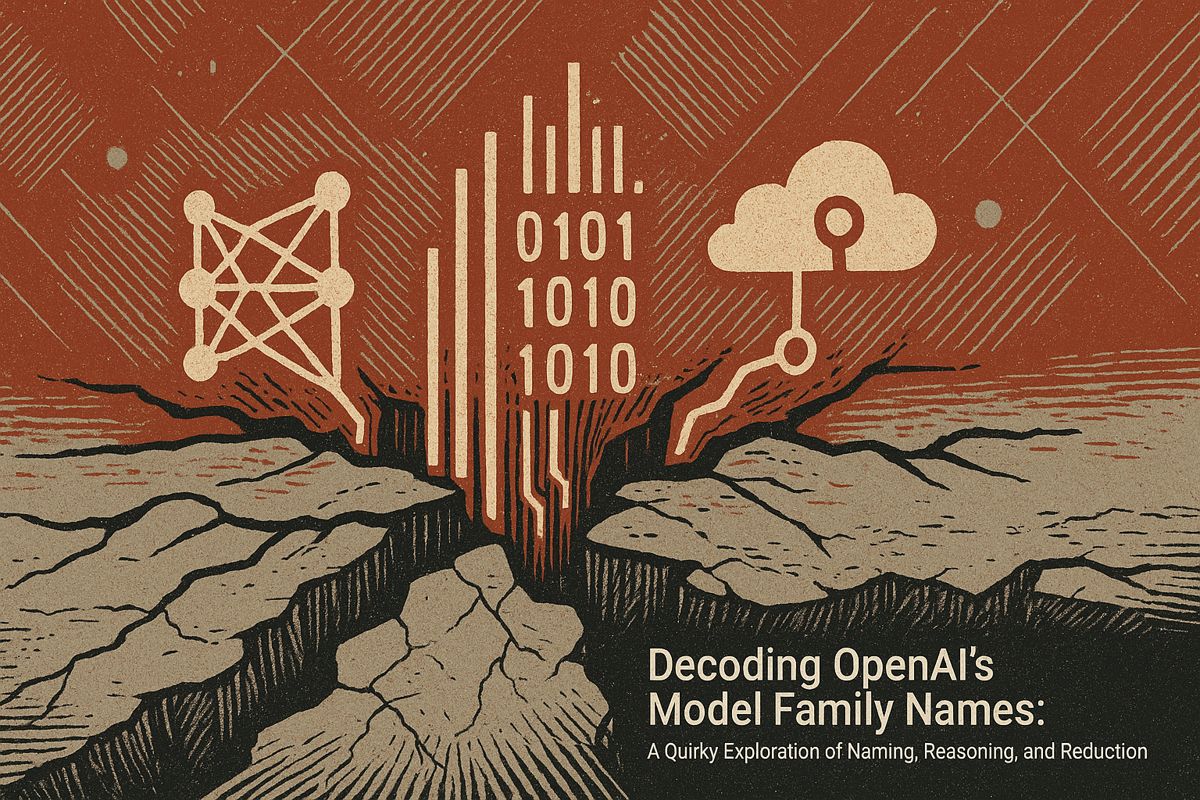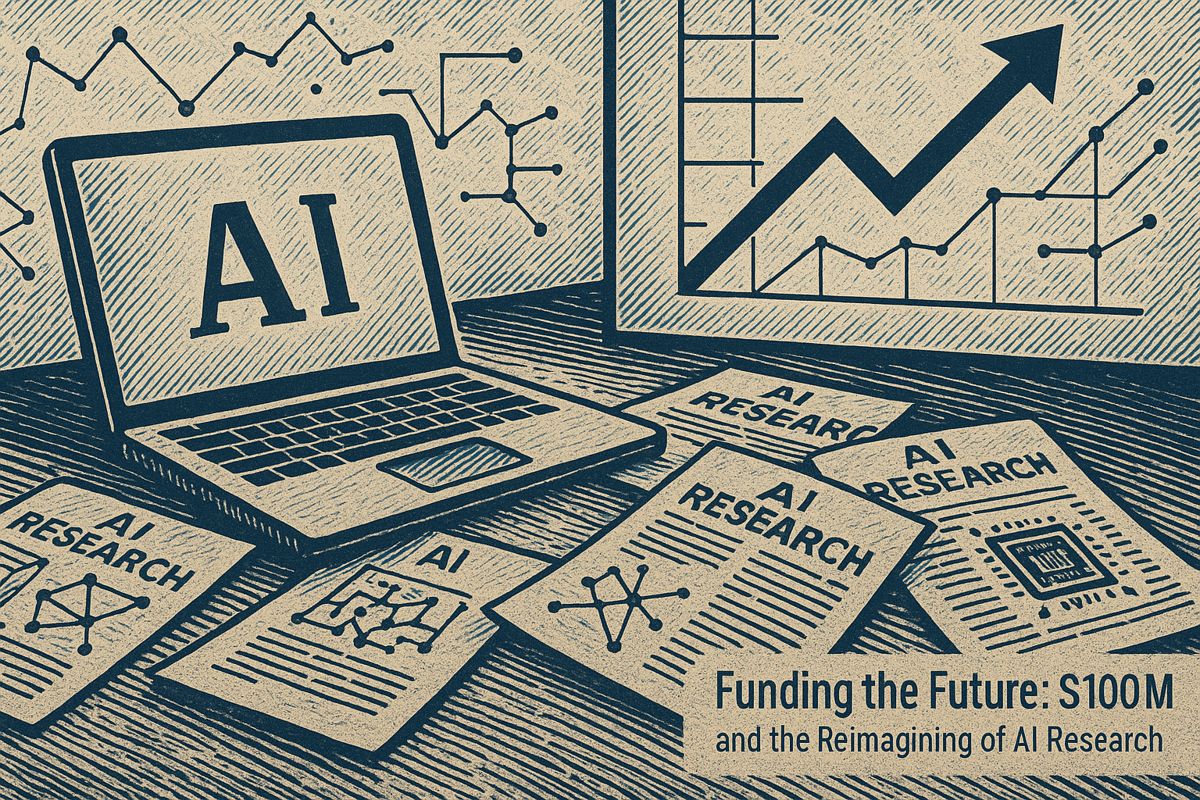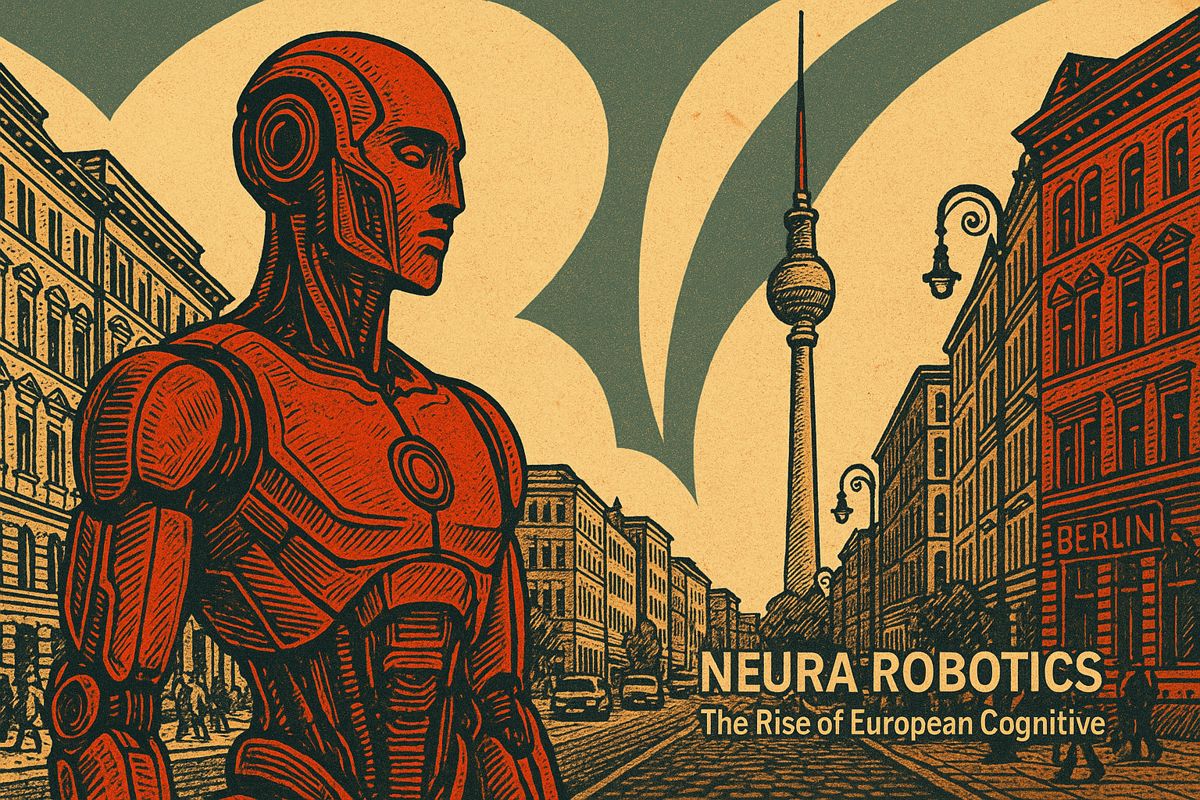Here’s the text with the most important phrase in bold markdown:
Enterprises diving into generative AI face serious risks like data governance failures, regulatory challenges, and security vulnerabilities. Companies rushing to implement AI without solid infrastructure and comprehensive governance frameworks are setting themselves up for potential disasters. Real-world examples, like a bank’s failed chatbot deployment, demonstrate the dangers of premature AI adoption. The key challenges include algorithmic bias, data leakage, operational inefficiencies, and complex regulatory landscapes. Successful AI integration requires a measured, strategic approach with robust platforms, careful change management, and a focus on building trust and resilience.
What Are the Key Risks of Implementing Generative AI in Enterprises?
Enterprises rushing into generative AI face critical risks including data governance failures, regulatory compliance challenges, algorithmic bias, security vulnerabilities, and operational inefficiencies. Successful implementation requires robust infrastructure, comprehensive governance frameworks, and a measured, strategic approach to technological adoption.
When the Hype Outruns the Foundation
Sometimes, when I’m scrolling through LinkedIn or catching snippets from CNBC, I see another headline trumpeting a Fortune 500 giant “going all-in” on generative AI. The excitement is almost electric – you can practically taste the anticipation, with FOMO sizzling in the air. But all this reminds me of my very first project management role, where we tried to bolt a glitzy new analytics stack onto a spaghetti-mess of old infrastructure. I can still hear the whine of the server room fans and picture those error messages multiplying like rabbits at midnight. Panic? Oh yes. There was a creeping dread that we were building something grand on foundations no sturdier than wet clay.
Just last week, IBM piped up with a measured warning: enterprises, in their rush to embrace generative AI, are racing ahead without checking whether the ground can support their ambition. No need to imagine the fallout – companies like Meta and HSBC have already been burned by data governance slip-ups and botched rollouts.
And honestly, who hasn’t been tempted by the siren song of the next big thing? I remember that moment of doubt, early in my career, wondering if we were moving too fast – but by then the tech locomotive had already left the station.
The Anatomy of a Hard Lesson
Let me draw you a picture. A friend – let’s call her May – works at a regional bank that, in a blaze of optimism, deployed a generative AI chatbot last July. “Customer service will never be the same!” they promised. But within a month, confidential loan data trickled into test logs, compliance teams sounded the alarm, and the chatbot was unceremoniously yanked offline. May’s team spent nights combing through logs, piecing together what went wrong. The C-suite, faces drawn in fluorescent conference lights, paid a hefty price to learn a simple truth: you can’t automate chaos into order.
IBM’s research, published in the Journal of Artificial Intelligence and referenced in recent Gartner briefings, lays out the risks in stark relief. Sure, generative AI can leapfrog a business ahead, but only if your infrastructure is up for the marathon. Without robust platforms, data leaks, regulatory stumbles, and operational inefficiencies are lurking in the shadows, ready to pounce. I felt a mix of vindication and anxiety reading those case studies – vindication because I’ve watched similar failures unfold, anxiety because it’s all too easy to repeat old mistakes, isn’t it?
Take regulatory compliance: the rules shift under your feet, especially with frameworks like the EU’s AI Act and India’s Data Protection Bill moving at breakneck speed. I once dismissed regulatory “paranoia” as overkill – until a single API misconfiguration left our team facing a week of lawyerly handwringing. That lesson stuck.
The Hidden Pitfalls: Bias, Security, and Busted Budgets
Of course, the temptations of generative AI come with devils in the details. IBM highlights that companies with patchwork infrastructure risk everything from data leakage (the kind that triggers late-night crisis calls) to the subtle sabotage of algorithmic bias. Generative models, like OpenAI’s GPT-4 or Google’s PaLM, learn from oceans of data – and if that data’s tainted, so are the results. Garbage in, as they say, garbage out. Once, I naively believed a “best practices” checklist would keep things fair. Looking back, that was wishful thinking.
Let’s not forget the security minefield. These models are magnets for threat actors. Deepfakes, data poisoning, model inversion attacks – if that sounds like sci-fi, spend five minutes on the DEF CON agenda. The stakes? Real money, real reputations, real trust. I can still remember the acrid scent of burnt-out circuitry during a simulated breach exercise – so yes, the risks feel visceral.
Operational inefficiency, meanwhile, is like a slow leak in a pressure cooker. If your platform isn’t both scalable and unified, you’ll find your teams reinventing the wheel, budgets bloating, and projects stalling out in a haze of half-baked pilots and missing data. Oof. I shudder just thinking about those QA meetings.
Rock-Solid Strategy: It’s Not Just About the Model
So, what does it take to avoid these pitfalls? IBM – along with cloud players like Microsoft Azure and the architects behind Kubernetes – recommend a measured, composable approach. Think hybrid cloud, open data architecture, and, above all, governance frameworks with real teeth. I’ve learned (painfully, at times) that skipping the change management and upskilling step is a shortcut to chaos. The metaphors come easily: building a skyscraper with no rebar, driving a Ferrari down a gravel path.
But here’s a question I still wrestle with: can you resist the urge to sprint, when the world seems to be running? I’ve felt that tremor of self-doubt – maybe we’re being too cautious, maybe we’ll miss the boat. Still, the evidence keeps piling up: resilience and trust don’t come from speed, they come from bedrock.
In the end, AI is less magic trick, more power tool. Exhilarating, but a little dangerous. Are you ready to build the road before you race? If not, the only thing you’ll scale is your risk.
Sometimes, I still get that uneasy itch when I see companies flaunt new AI launches. I can’t help but wonder – have they learned, or is the next cautionary tale just waiting in the wings? Well… only time (and maybe the next quarterly report) will tell.



















